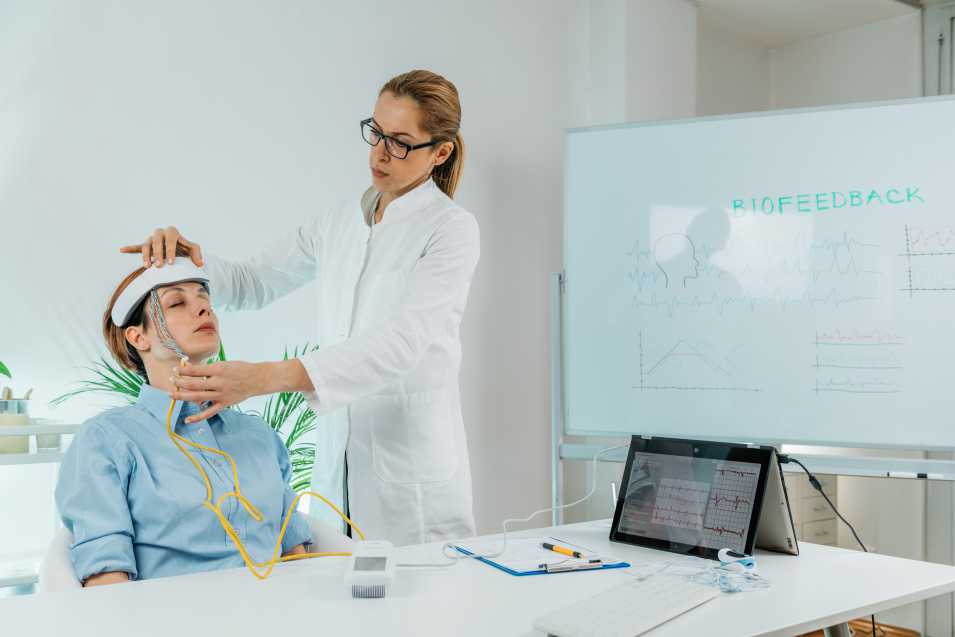Neurofeedback for depression is an alternative treatment that can reduce symptoms and stabilize depressed mood. Neurofeedback is a non-invasive technique that uses an external device to provide real-time feedback about brain waves. These brain waves can be targeted to increase activity in a depressed area of the brain.
Neurofeedback for depression
Neurofeedback for depression can be used alongside pharmaceutical medications or psychiatrist-prescribed medication. Most protocols are designed to promote focus, relaxation, and activation. It is important to research the specifics of a protocol before using it. As a rule, selecting a protocol according to EEG findings related to depressive symptoms is beneficial.
There is some evidence that neurofeedback for depression can reduce the recurrence of depression symptoms. It can help stabilize the mood of the depressed patient, and may eliminate the need for medications. In addition to relieving symptoms, neurofeedback training can also modify the predisposition of depressed individuals to depression.
Neurofeedback protocols
Several real-time functional magnetic resonance imaging (rt-fMRI) neurofeedback protocols for depression have been developed, but the results are not uniform. The details of each protocol are diverse, making it difficult to replicate. It is also difficult to determine the evidence levels of the protocols. This article aims to address these methodological issues and to determine the evidence levels of existing depression neurofeedback protocols.
The first and most obvious question that must be answered before implementing a neurofeedback protocol for depression is:
Which areas should be targeted when applying neurofeedback?
Neurofeedback is an alternative treatment for depression, but it can only be used to target the areas contributing to the disease’s symptoms. In particular, the right frontal area of the brain is associated with feelings of fear and sadness. Therefore, a neurofeedback training program aims to increase activity in this area.
It is also associated with the motivation to avoid people. The right frontal area is more active when negative emotions are present, whereas the left frontal area is more active when positive emotions are present. This asymmetry can be reversible with neurofeedback training.
Another question to be answered is whether neurofeedback for depression can help with the reduction of aversive stimuli. Most neurofeedback protocols involve relaxation or activation. If the patient is unable to control aversive stimuli, neurofeedback can help by increasing the activity of the brain’s target area.
Data for neurofeedback three main protocol types
Three main types of protocols can be used for neurofeedback for depression. Theta/beta protocols, functional connectivity-based neurofeedback, and EEG-based neurofeedback are all possible options. It is important to research the course’s specifics and length before using the protocol.
The evidence levels of most protocols need to be higher to support the effectiveness of these methods. In addition, several studies have been criticized for the quality of their methodology. It’s possible that this is because the groupings It is also possible that participants are less sensitive to self-regulation learning.
Related Article: Neurofeedback Therapy
